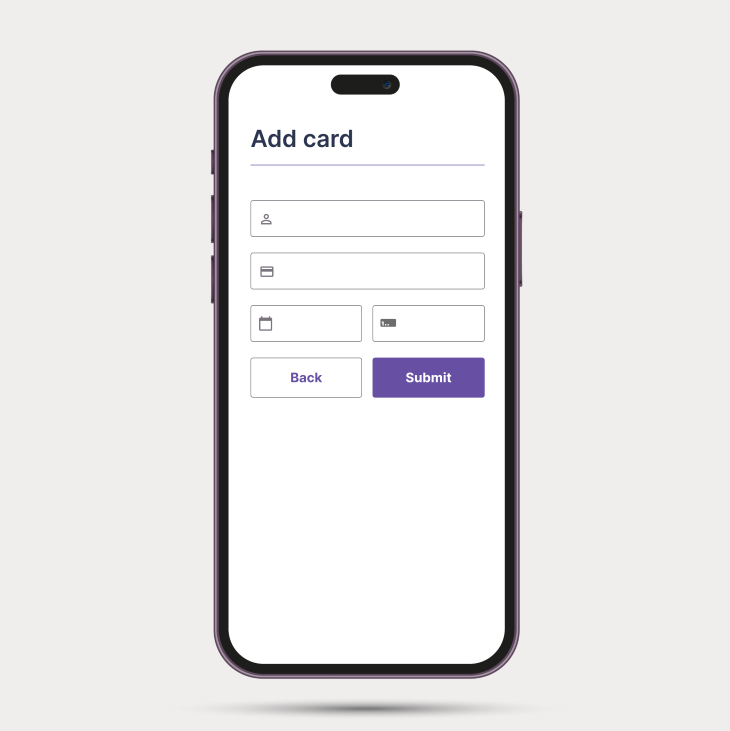
customers for business-to-business transactions.īut some do not – in September 2019, Bank of America discontinued ShopSafe, its virtual card program. And American Express is now partners with Coupa Pay to offer virtual card numbers to U.S. Some major credit card issuers, including Citi and Capital One, support virtual cards. Not all credit card issuers offer virtual cards, so if your current card doesn’t support the service, you might consider shopping around for a new card that does. Once you request a virtual credit card, the provider will give you a unique 16-digit number, expiration date and security code, which you can use online just like you would a traditional credit card. You can usually do this by visiting the card website or logging into the associated app. You can get a virtual credit card by requesting one from a credit card issuer with whom you already have a relationship. “You wouldn’t want to let your guard down and think that you don’t have to check your account ever.” How do you get a virtual credit card? “One drawback of virtual cards is that they could make consumers feel too safe,” says Steven Dashiell, credit card expert at the website Finder. Merchants can still charge you too much or add fraudulent charges to a bill or take a payment without delivering the goods and services promised. While virtual credit cards have many benefits, they’re not entirely fail-safe. If the card number has already expired by the time you attempt to make the return, you may need to go through some extra steps in the process. Depending on the parameters, you also may not be able to save your card information with a retailer for quicker checkouts in the future.Īnother potential drawback is that you could run into difficulty if you need to return an item you purchased with a virtual credit card. You have to contact your card issuer to request a new number every time you want to make a purchase. Virtual cards require some legwork upfront to use. Virtual credit card numbers can also serve as a defense against businesses that try to charge you for unintentional purchases, such as automatic subscription renewals. That limits your potential liability for fraudulent purchases to $50, but most card issuers have a zero liability policy for consumers. If a criminal steals your virtual account number, you have the same protections you enjoy with traditional credit cards under the Fair Credit Billing Act.
#One time virtual credit card update#
“After the issuer cancels the card and sends you a new one, you have to update your information with any companies that have your credit card information on file. “While regular credit cards have robust fraud protections, they still require you to notice the fraudulent transaction and alert your card issuer,” says Jason Steele, director of credit cards at the website Money. Virtual credit cards can minimize the damage hackers can do if they get access to your credit card number and help you avoid the hassle of a compromised account. The hackers would have this virtual credit card number, which they couldn’t use on any other sites.”Ĭharges that you make with a virtual credit card appear on your credit card statement like any other charge you make with your regular credit card.

“If I have a virtual credit card number on my Amazon account and Amazon gets hacked, my actual credit card would not be compromised. “Virtual credit cards can be useful for consumers who want an added level of security on their purchases,” says John Breyault, a vice president at the National Consumers League, which operates the website.

If a fraudster gets access to that number, they can’t use it to make purchases that don’t fit within those parameters, rendering it fairly useless. For example, the virtual number might only work with a single retailer or for a set period of dates. Instead, your existing credit card issuer or bank gives you a “virtual card,” which is simply a temporary, disposable credit card number that you can use to make a purchase online or over the phone. How does a virtual credit card work?Ī virtual card is not a physical credit card at all. Trying to decide whether a virtual card makes sense for you? Here’s what you need to know. Virtual credit cards have been around for many years, but consumers are showing more interest in using them as a tool to limit potential damage from identity theft or fraud. It seems that everything from workplaces to social interactions have gone virtual lately, and credit cards are no exception.


 0 kommentar(er)
0 kommentar(er)
